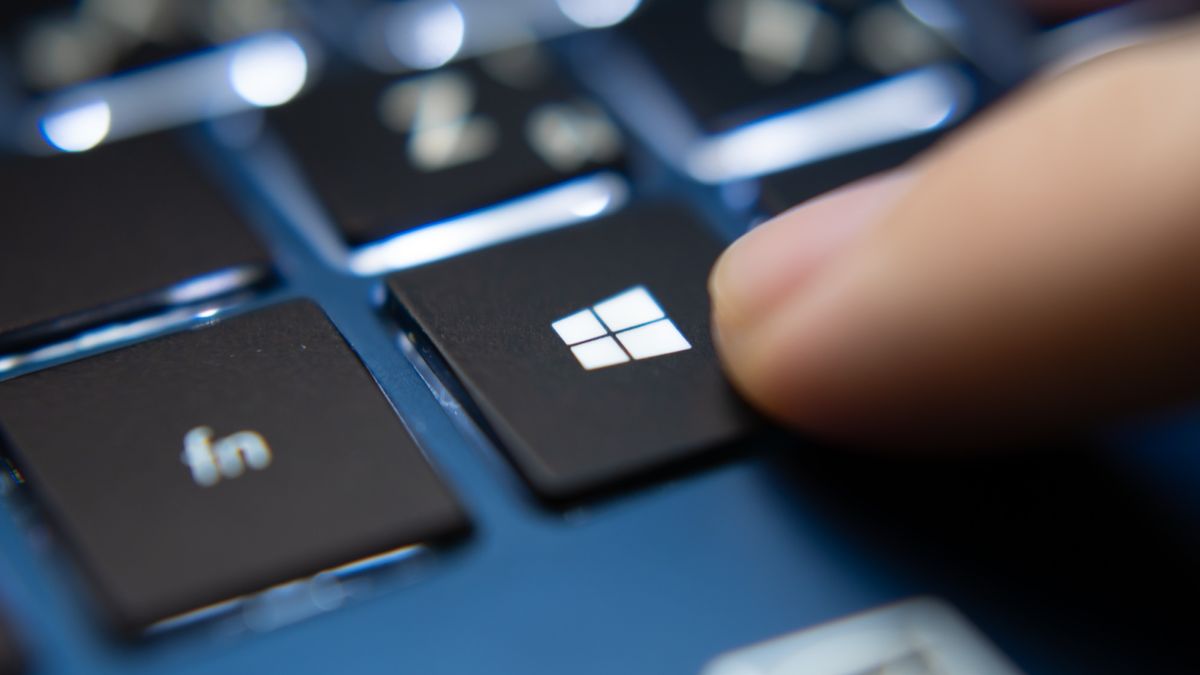The Gamevice proves the value of a handheld, but only if the price is right
Interested in learning what’s next for the gaming industry? Join gaming executives to discuss emerging parts of the industry this October at GamesBeat Summit Next. Register today.
The rise of cloud gaming services means that phones and tablets have the potential to be prolific gaming devices. But a device like the iPad is not really comfortable to use with touch controls. Enter the Gamevice for iPad, a new controller attachment from the company of the same name, which turns the tablet into handheld gaming device.
The Gamevice is a scaled-up version of the company’s iPhone and Android attachment, altered slightly to work with non-Mini Lightning-based iPad models. It’s a plastic controller grip with a rubber back, that can adjusted to fit a few different models of iPad. The Gamevice has bumpers, triggers, two analog sticks, and a button arrangement comparable to an Xbox controller. It comes with a pass-through charging port, but does not itself require charging. It also adds a headphone jack to the iPad.
Once attached, the Gamevice works with any iPad game with controller support. This includes Apple Arcade games, as well as any game on cloud gaming services, such as Xbox Game Pass, GeForce Now, Google Stadia, etc. As it is a connected controller, it has virtually no input lag or latency issues. Gamevice is the same company that worked on the Razer Kishi, so this is a comparable product.
So is this worth the buy for iPad owners? Does it stack up against similar handhelds, such as the Switch and the Steam Deck? Is there even a point in comparing the two? Respectively, I say yes, sort of, and yes — to a point.
Ultimate screen real estate
The Gamevice’s purpose is to transform the iPad into an oversized Switch-like console. This makeshift handheld, when combined with the many cloud gaming and streaming services out there, gives gamers both the means to play and access to hundreds of games. That’s not a unique claim in this market — the Switch and the Steam Deck are both handhelds that offer access to hundreds of games. But the Gamevice stacks up to them both by virtue of what it is: An augmentation to an existing piece of hardware with more general utility.
The biggest advantage the iPad has is its enormous screen. The iPad models that work with the Gamevice have much larger screens than the Steam Deck and the Switch OLED — roughly 11 inches to the latters’ 7 inches. Having such a large screen with which to play games is so good it might spoil you. I played Ori & the Blind Forest on my iPad with the Gamevice, and it looked every bit as gorgeous as it did on my PC.

The drawback to having such a large screen is that the controller clipped to it must be of a comparable size. And the Gamevice certainly is that. It measures nearly 14 inches at its widest point, and the controller grips are five inches high and two inches at their thickest point. This makes the Gamevice a difficult device to store when it’s not in use. It folds, thanks to its rubber back, but no amount of folding can make it less bulky.
This also means that the iPad becomes much heavier. And because the weight is concentrated in the controller grips, that makes balance difficult. Freeing up a hand to reach for a glass of water is a swift way to drop the whole apparatus into your lap, as I found out the hard way.
Its weight aside, the Gamevice is a comfortable and responsive controller. I never noticed any latency issues, and it functioned exactly as it needed to in every game. The controls can be slightly clumsy compared with a dedicated controller — while playing Forza Horizon 5, I noticed I oversteered sometimes, more so than I did while playing on the Series X. But it still offers the same general utility as your average controller.
Competing in the handheld market
Had the Gamevice come out even a couple of years ago, it might not have offered as much benefit as it does. But the rise of game streaming on mobile means that you can play far more than just mobile-only titles on an iPad. Whether it be Game Pass or GeForce Now, the industry offers more options for users on mobile devices.
The Gamevice app, which users can install with their controller, gives one the option to collate a library of their favorite games on each service, to be more easily accessible. It’s a little simplistic, but it gets the job done. The device also works with any mobile-native game that supports controllers.
What makes the Gamevice especially appealing is that the iPad has other uses besides just a games console. That’s why I say the comparisons to the Switch and the Deck only work up to a point: The Gamevice lets a multipurpose tablet pull double-duty as an alright handheld console. The Switch and Steam Deck are handheld consoles first, which also pull double-duty as stationary consoles with multipurpose uses.

That’s why I say the Gamevice is a great companion for an iPad owner who has access to those game libraries. It offers a comfortable, adequate way to play without input lag.
However, there’s a caveat to this: If you already own an iPad and wish to turn it into a gaming device, then the Gamevice is a fine addition strictly from a mechanical perspective. But at $100 for a new model, the Gamevice is on the pricier side. Since Apple expanded its Bluetooth to work with virtually all controllers, there are a myriad of cheaper options in both tablet attachments and wireless gamepads.
Let me put it another way: If you don’t already own an iPad, then the cheapest (new) model will be about $330 at time of writing. That, combined with the price of a Gamevice, puts an iPad+Gamevice in the same price range as a Steam Deck, and well above the price of a Nintendo Switch. My point being that, if you’re simply in the market for a portable gaming device, then the iPad+Gamevice combination is not a particularly cost-effective option.
Who is this product for?
I think iPad owners who also wish to be gamers might find the new Gamevice model appealing. What it lacks in sleekness or portability it makes up for in ergonomics and efficiency. And it makes the most out of the iPad’s large screen.
It’s not a replacement for other handhelds on the market, as it doesn’t offer the same kinds of games they do. It won’t play your Steam library or your Nintendo games, for example. And if you have a USB-C iPad, then you’re just out of luck. So the audience for the Gamevice is not as broad as it could be.
But for those who own the requisite hardware, the Gamevice is a good, if slightly expensive, option to bring some of the cloud gaming goodness to your life.
GamesBeat’s creed when covering the game industry is “where passion meets business.” What does this mean? We want to tell you how the news matters to you — not just as a decision-maker at a game studio, but also as a fan of games. Whether you read our articles, listen to our podcasts, or watch our videos, GamesBeat will help you learn about the industry and enjoy engaging with it. Learn more about membership.


